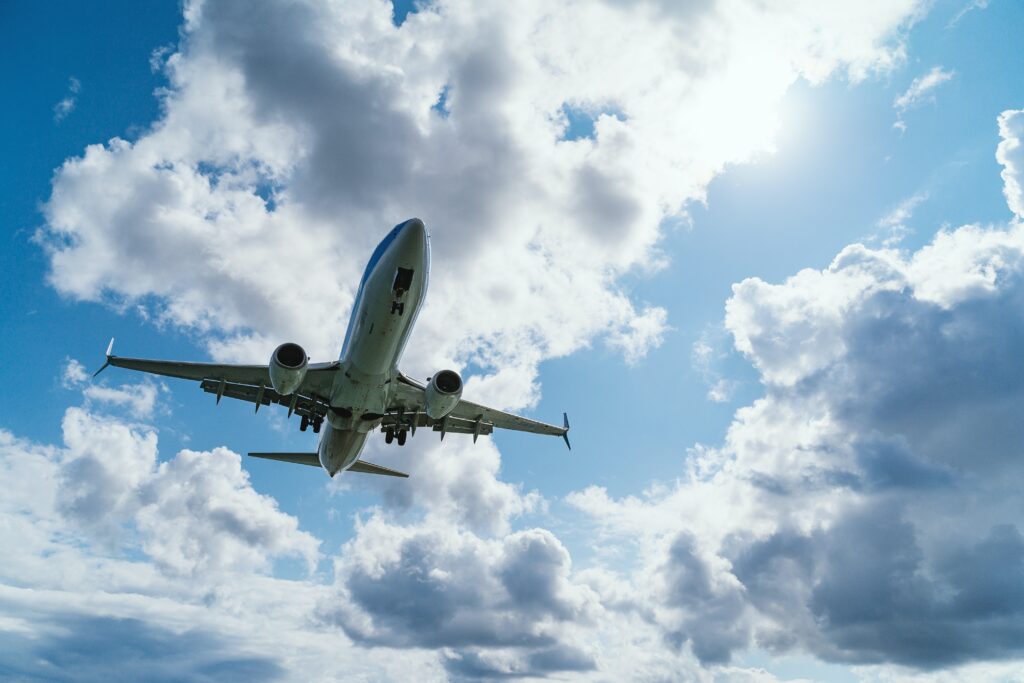If a company wants to be customer-centric and operate in the experience economy, they have to succeed in two areas; psychological and technological. If a company has the right culture, then investing in the technology that empowers employees is a no brainer. But when a founder-CEO who has the vision leaves the company and passes it on to an accountant – that loss of vision can hurt the company. Gary Kelly is arguably to blame for lacking Southwest Airlines’ runway vision – and it has culminated in a very public PR nightmare.
Christmas is the busiest time of year for travel. Last week, the US was also facing terrible winter storms. Most airlines recovered after two days. But on Wednesday, December 28th 2022, Southwest Airlines canceled more than 2,500 flights, amounting to 61 percent of its planned flights according to FlightAware, a flight-tracking service.
A week after the winter storms ended, the airline has still not recovered. This national customer experience disaster has been publicized in every major media outlet.
What has become clear is that the winter weather that interrupted normal flight operations is now not a weather problem, but a major Southwest Airlines operations disaster.
What Happened To The Darling Of Air Travel?
Southwest Airlines is known as the affordable fun airline. They are known for their unique culture.
Harvard Business Review case studies were written about their customer experience – and YouTube videos have gone viral of silly flight attendants saying hilarious things on the announcer.
The airline prided itself in its innovative hub model, called “point-to-point” that allowed passengers to fly directly from smaller cities and regions without having to stop at a central hub like Denver or New York. This cuts travel times by eliminating the stopover— a big advantage for travelers who are not flying from major metro areas.
Other large carriers like United and American rely on a “hub-and-spoke” model in which planes typically fly from smaller cities to a hub airport where passengers change planes.
But this holiday season Southwest is paying the price for its negligent oversight. Their call center of 20k people was run using a phone and voicemail.
The company didn’t listen to employees.
Leadership didn’t invest in technology.
The CEO was an accountant only focused on the bottom line.
When a person, or a company is squeezed, whatever is inside seeps out.
This is the link between employee experience and customer experience.
So what you’re seeing with Southwest on the outside was happening for a long time on the inside. With some stressful conditions, the company melted down quickly.
It’s Time To Invest In Employee Experience
Employee experience can mean investing in operations, employee experience, collaboration, communication, internal and external technology.
Long term investments are always worth it.
As Tricia Griffith says: invest in the things that are un-scalable and un-measurable.
If she were running Southwest this would not have happened.
Senator Maria Cantwell, the chair of the Senate Commerce Committee, said in a statement on Tuesday:
“Many airlines fail to adequately communicate with consumers during flight cancellations,” she said. “Consumers deserve strong protections, including an updated consumer refund rule.”
One would think a company that prided itself on being the darling of the airline industry – a fun party of an airline that provided an innovative flying experience – would understand that.
But it goes to show that just because you are fun and new and different, you are not exempt from the tenets of running a dependable operation.
Neglect the employee experience – avoid the investments employees need to do their jobs – and you leave your brand very vulnerable.
___________________________
Blake Morgan is a customer experience futurist and the author of The Customer Of The Future. Sign up for her weekly email here.

